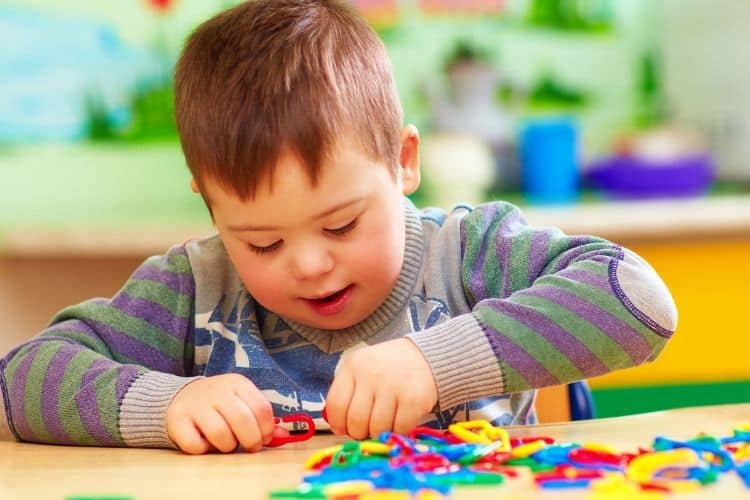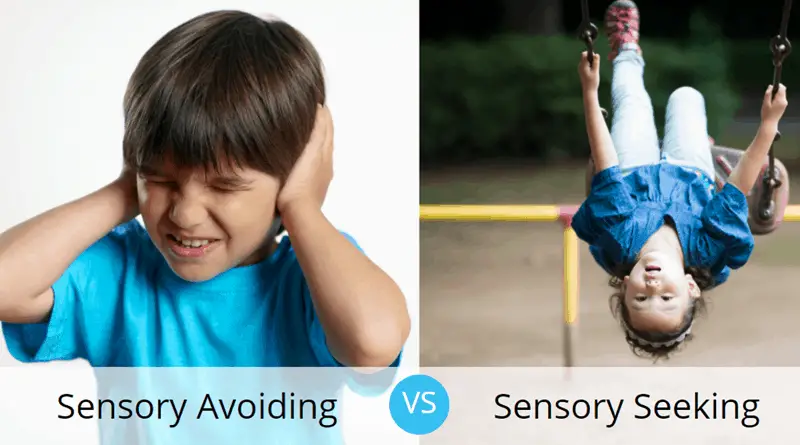Autism, Aspergers, Kids on the Spectrum
Now, more commonly known as Neurodivergent, they are persons with Aspergers, Autism, Pervasive developmental disorder (PDD), Rett’s Disorder, Childhood Disintegrative Disorder. They have a certain set of behaviors including inhibited communication, social and play skills. Other common behaviors are repetition, fixations, sensory challenges, auditory processing disorder and constant moving.
Individuals with Autism Respond to Music
Diana has worked extensively for 30 years with kids and adults with Autism and Aspergers and has found that children or adolescents come with a wide range of abilities, and no two are the same. Some are high functioning with gifted brains, others are low functioning with larger sensory and behavioral challenges but all respond to music. Diana says:
“I have never worked with a neurodivergent child or adolescent in the last 30 years that didn’t respond to music. Now that I understand the why of that, I understand the structure, patterns and dynamics of music have an ability to open parts of the brain that nothing else can. I have had non-verbal children learn to sing the words to songs. That can then be used to further communication, even if unconventional.
The steady beat of music and the rhythmic pulses are key to neurodivergent individuals and as we work with low tones which are grounding, we are not only changing the brain, but laying the foundation for higher level learning.”

Children with Autism (ASD) or Aspergers commonly have auditory processing disorder as well as sensory issues and many times, retained primitive reflexes. Depending on what behavior and challenges that present themselves (after testing), determines which type of intervention is used. One thing that is for certain, is that music is key when working with these children.
Diana’s unique musical, sound therapy and educational background, gives her a unique perspective in working with children on the spectrum.
The steady beat of music and the rhythmic pulses are key to neurodivergent individuals and as we work with low tones which are grounding, we are not only changing the brain, but laying the foundation for higher level learning.
Diana F Cameron
Children with Autism suffer from sensory overload because they don’t have the capacity to filter out much of the information coming in as we do.
Just stop for a minute and listen (really listen) to all the sounds around you – even those you have been filtering out. Depending on where you are there is probably the sound of traffic, air conditioners, a dog barking up the street, people talking, sounds of machinery, birds in the trees, music playing… we live in a world where there is sound happening all the time but most of it we filter out because our brain recognizes that it is not essential sound.
For a child on the spectrum, all that sound and noise often comes in at the same volume and none of it is filtered out. It is a constant bombardment of sound and information for the brain to recognize and process. Then, with impaired processing skills because of auditory processing delays or malfunctions, it further complicates the issue.

The brain will protect the body (and itself) by shutting down. You might see behavior such (but not limited to):
- melting down
- screaming
- head banging
- hands over their ears
- holding their head
- withdrawal
- Drooling
- Body slumped over
So Why Do We See These Behaviors with Autism?

Sensory information is processed by the brain but first hits the vestibular system. It is like our main command station where all sensory input hits and then signals are sent to various areas of the brain and processed.
Children with sensory issues can be put into 2 categories: Sensory seeking and Sensory avoiding.
Find out more about sensory challenges here.
Sound Therapy for Kids with Autism and Aspergers
There is research-based evidence that specific types of sound therapy are highly beneficial for kids on the spectrum. The sound therapy Diana uses enables her to write individual programs for each client according to which areas of the brain need to be retrained.
Kids on the spectrum respond very favorably to the beat and low tones used in the particular type of sound therapy we use. It enables us to work on processing of the most fundamental sounds that lay a foundation for higher cognitive learning. These pitches relate to the body and help with things like:
- Flexibility. Many children on the spectrum are inflexible and change in routine can result in meltdowns. Some may have to be driving the same way each day to school, or have to adhere to a strict family routine (for example same dinner time, wearing the same clothing, same rituals at bedtime etc). Routine is a staple for these children but not being able to change any aspect of a routine becomes an issue. Sound therapy helps their brain cope with changes in routine and over time, allows some children to be much more flexible which can be life changing in a family situation.
- Speech. Because beat and processing sound are so much a part of speech, I have had some non-verbal children learn to sing words. They have remained non-verbal but could communicate with their families through singing. It was amazing to watch and a transformation for those families. It can also help with those that have speech but may struggle with it.
- Sensory Issues. Kids on the spectrum can head bang, hit their heads, put hands over their ears and scream just to name a few behaviors. This comes from being overwhelmed. Often their auditory and sensory filters are not working in the same way they do for us, so too much stimuli is overwhelming. These behaviors are the body’s protection mechanism. Diana has seen a huge improvement with many children exhibiting these behaviors.
- Sense of humor. Understanding humor and that words can have more than one meaning is the result of an auditory skill called auditory cohesion. It is common for children on the spectrum to not have this skill so through sound therapy we are able to train the brain to process in a way that they are able to gain the skill. Sometimes they will start to enjoy humor and even laugh at things.
There are many more benefits to using targeted sound therapy with kids on the spectrum. These were just a few.
